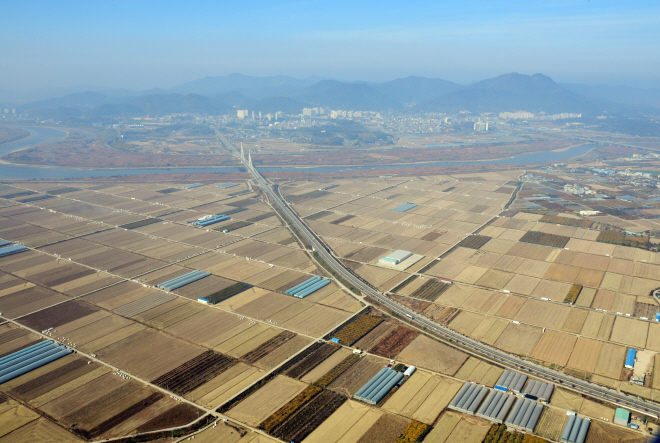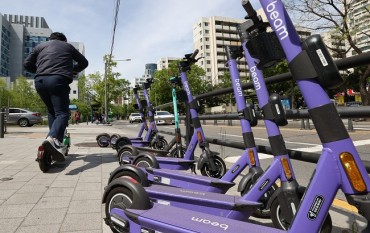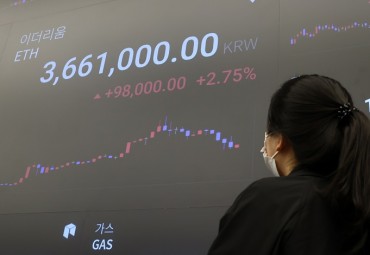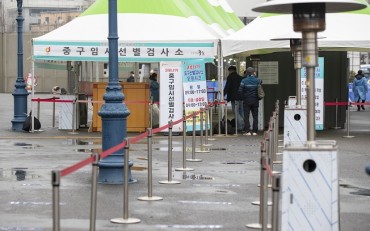SEOUL, Feb. 25 (Korea Bizwire) — South Korea’s total arable land dropped for the ninth consecutive year in 2021 as rice paddies shrank amid falling consumption of rice, data showed Friday.
The country’s arable land totaled 1.55 million hectares — slightly more than three times the size of the U.S. state of Delaware — as of end-2021, down 1.2 percent or 18,000 hectares from the previous year, according to the data by Statistics Korea.
Arable land in Asia’s fourth-largest economy has been on the decline since 2013 due to declining consumption of rice, a staple food for Koreans.
Total rice paddy area dipped 5.3 percent on-year to 780,440 hectares last year, accounting for 50.5 percent of the total, which was down 2.2 percentage from a year earlier
In contrast, dry fields for agricultural production increased 3.4 on-year to 766,277 hectares.
Last year’s decrease in arable land came amid a chronic supply glut of rice and declining rice consumption in South Korea.
South Koreans’ per-capita consumption of rice hit a new low of 56.9 kilograms in 2021, down 1.4 percent or 0.8 kilograms from the previous year.
Yet the country’s rice output reached 3.88 million tons in 2021, up 10.7 percent from a record low of 3.51 million tons the previous year and marking the first on-year rise in six years.
Rice consumption in the country has been on a steady decline since 1980 due mainly to changes in diet and eating habits.
In a separate report, the statistics agency said North Korea’s total area of rice paddies edged up in 2021 thanks to favorable weather.
The North’s area of cultivated rice paddies stood at 544,006 hectares in 2021, up 0.6 percent from the previous year and amounting to 74.3 percent of South Korea’s 732,477 hectares.
The data is based on an analysis of satellite images taken between May and November last year.
(Yonhap)







